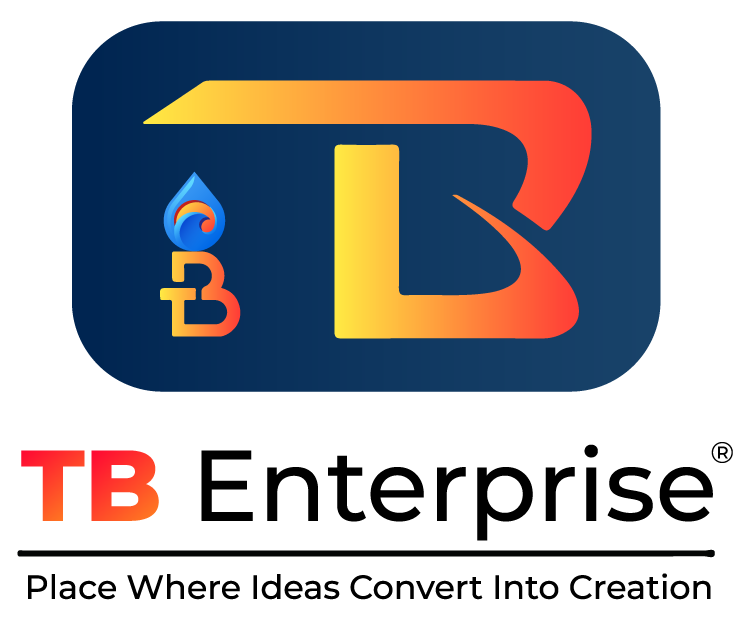- TB Enterprise - Place Where Ideas Convert Into Creation.
- +91-9067176874
- info@tbenterprise.in
Water Leakage Detection
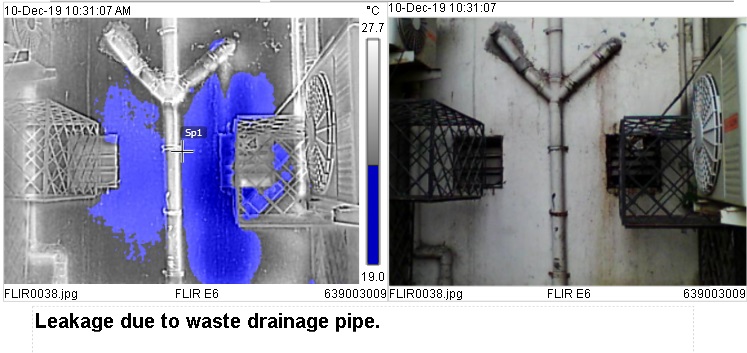
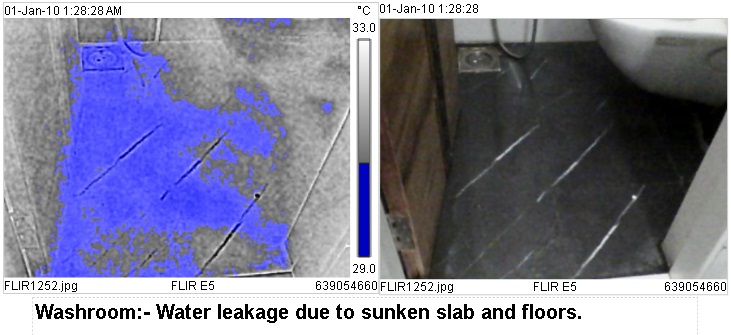
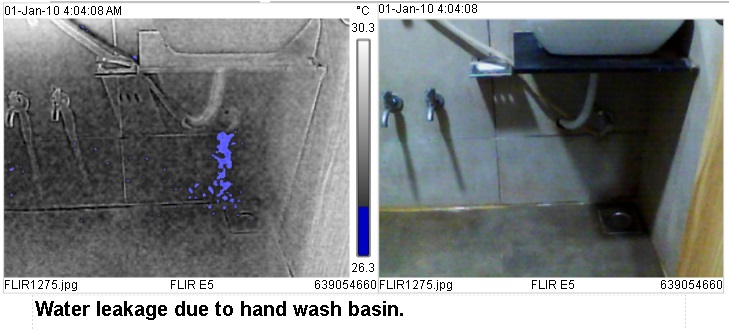
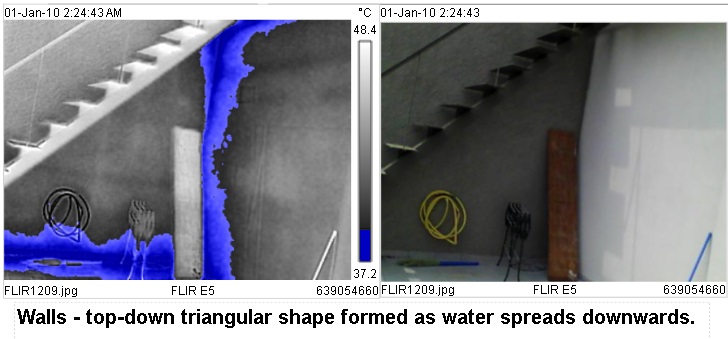
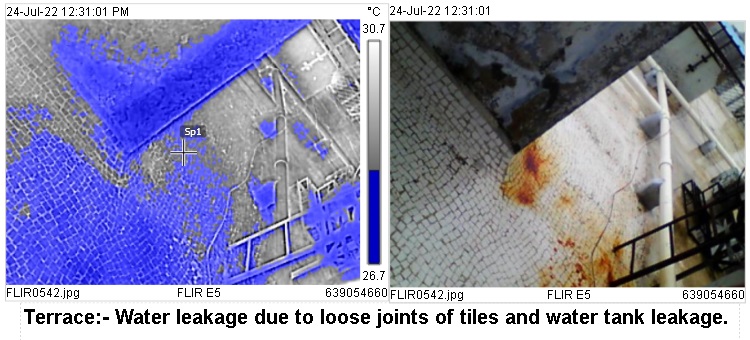
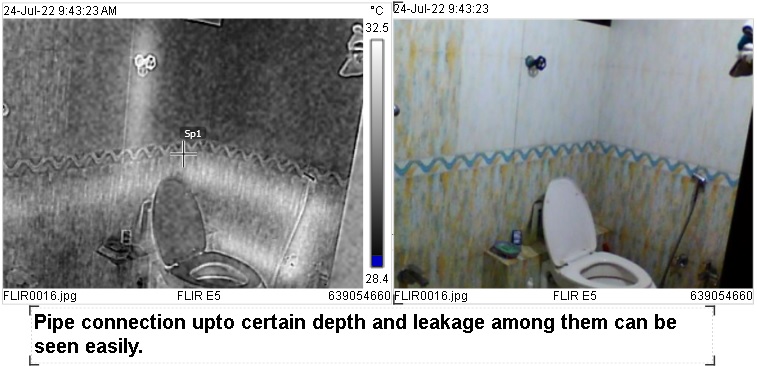
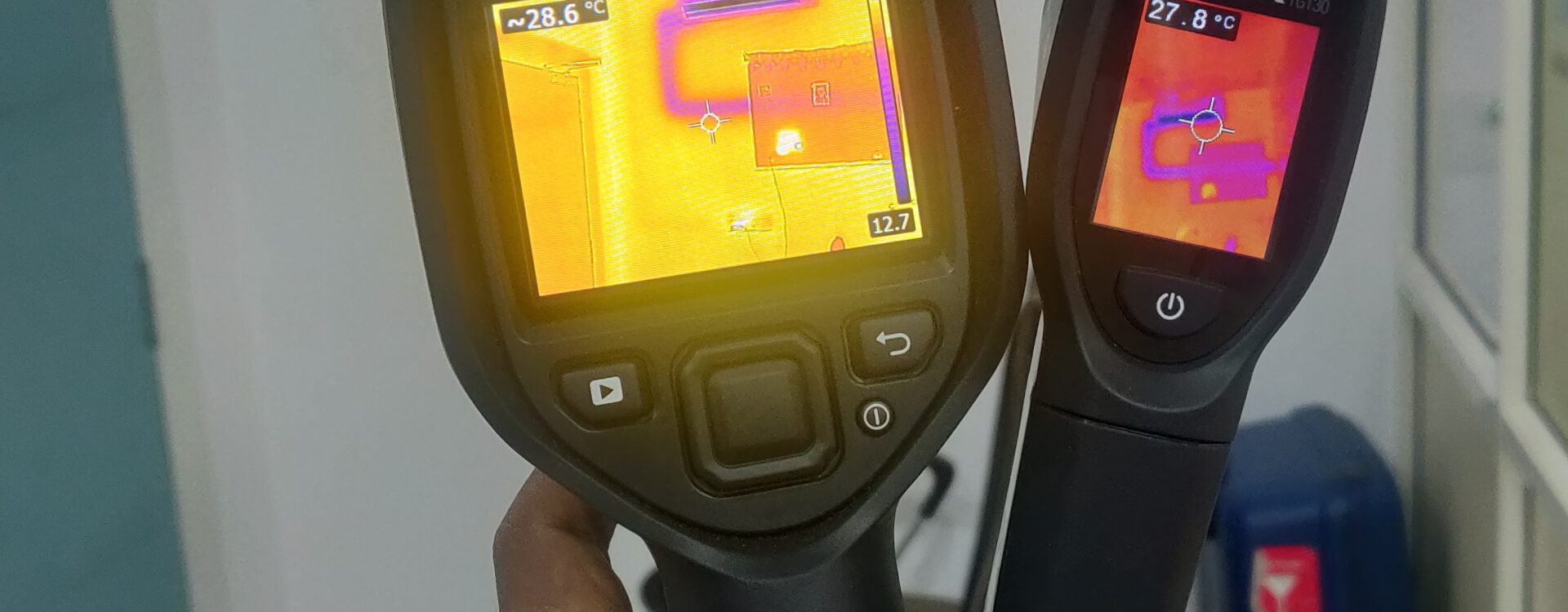
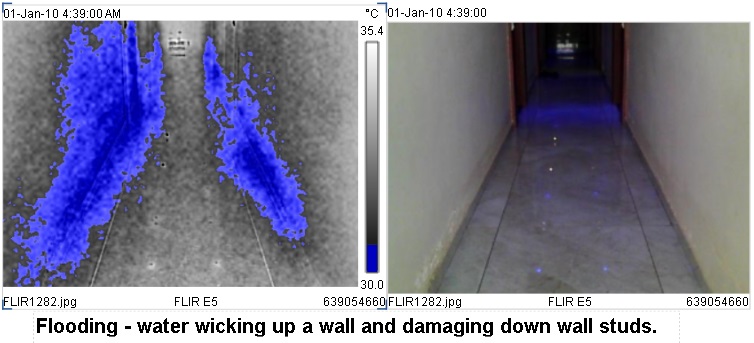
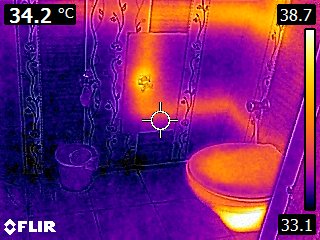
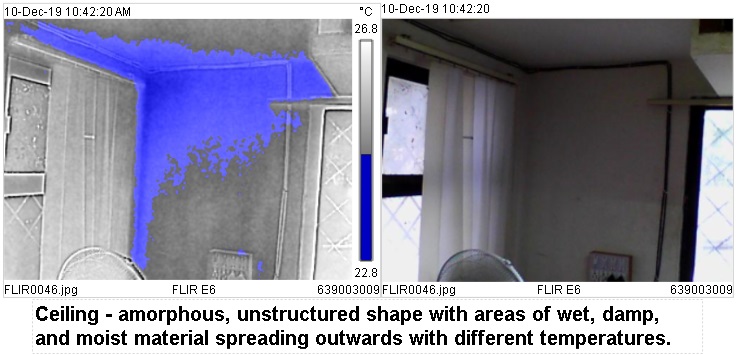
- Definition and importance of water leakage detection –
Water leakage detection refers to the process of identifying and locating leaks in water supply systems or plumbing systems. It is an essential task as it helps prevent water wastage, property damage, and the growth of mold and mildew. Detecting leaks early can save homeowners and businesses significant amounts of money in water bills and repair costs. Additionally, it plays a crucial role in conserving water resources and promoting sustainability.
- Overview of the problem and its consequences –
Leakage in water supply systems and plumbing systems can have severe consequences. Not only does it lead to water wastage, but it can also cause property damage, compromising the structural integrity of buildings. The presence of water can create an ideal environment for the growth of mold and mildew, which can be detrimental to both the health of occupants and the longevity of the property. Furthermore, the financial implications of leaks can be substantial, with homeowners and businesses experiencing skyrocketing water bills and the need for costly repairs. To mitigate these issues, early detection of leaks is crucial. By identifying and locating leaks promptly
- Thesis statement: Effective water leakage detection is crucial for preventing property damage and conserving water resources. –
it is possible to prevent further damage and minimize the financial burden associated with repairs. Additionally, early detection allows for the conservation of water resources, as leaks can waste significant amounts of water if left undetected. Therefore, implementing effective water leakage detection methods is essential for both the protection of property and the preservation of our valuable water supply.
Common Causes and Types of Water Leakage
- Aging infrastructure and deteriorating pipes –
are one of the primary causes of water leakage. Over time, pipes can become corroded or weakened, leading to cracks and leaks. This is especially true for older buildings and homes that have not had their plumbing systems updated. Additionally, extreme weather conditions, such as freezing temperatures or heavy rainfall, can also contribute to pipe damage and subsequent leaks. Another common cause of water leakage is improper installation or faulty plumbing work. If pipes are not properly sealed or connected, or if there are errors in the installation process, it can result in leaks and water damage.
- Plumbing system failures –
Another major cause of water leakage is plumbing system failures. Over time, pipes can deteriorate and develop cracks or corrosion, leading to leaks. This is especially true for older buildings and homes that have not had their plumbing systems updated. Additionally, extreme weather conditions, such as freezing temperatures or heavy rainfall, can also contribute to pipe damage and subsequent leaks. Another common cause of water leakage is improper installation or faulty plumbing work. If pipes are not properly sealed or connected, or if there are errors in the installation process, it can result in leaks and water damage.
- External factors such as weather conditions and ground movement –
can also play a significant role in causing water leakage. Ground movement, such as shifting soil or seismic activity, can put pressure on pipes and cause them to crack or break, leading to leaks. Similarly, extreme weather conditions like heavy rainfall or flooding can saturate the ground, increasing hydrostatic pressure and potentially causing pipes to burst or joints to loosen. These external factors can pose serious threats to the integrity of plumbing systems, especially in older buildings or areas with unstable ground conditions.
Techniques for Water Leakage Detection
- Visual inspection and physical observation –
One of the most basic techniques for water leakage detection is visual inspection and physical observation. This involves visually inspecting the plumbing system, looking for any signs of leaks such as water stains, dampness, or mold growth. Additionally, physically observing the pipes and fittings for any visible cracks, corrosion, or loose connections can help identify potential leakage points. This method is relatively simple and can be done by homeowners or building maintenance personnel. However, it may not always be effective in detecting hidden leaks or leaks in hard-to-reach areas.
- Acoustic methods for detecting sound of leaks –
Acoustic methods for detecting sound of leaks have proven to be a valuable tool in identifying hidden leaks or leaks in hard-to-reach areas. This technique involves using specialized equipment that can detect the sound of water escaping from pipes or fittings. By listening for any unusual or continuous sound patterns, professionals can pinpoint the exact location of the leak. This method is particularly effective for detecting leaks in underground pipes or behind walls where visual inspection is not possible. However, it requires trained professionals with the necessary equipment and expertise to accurately interpret the sounds and locate the source of the leak.

